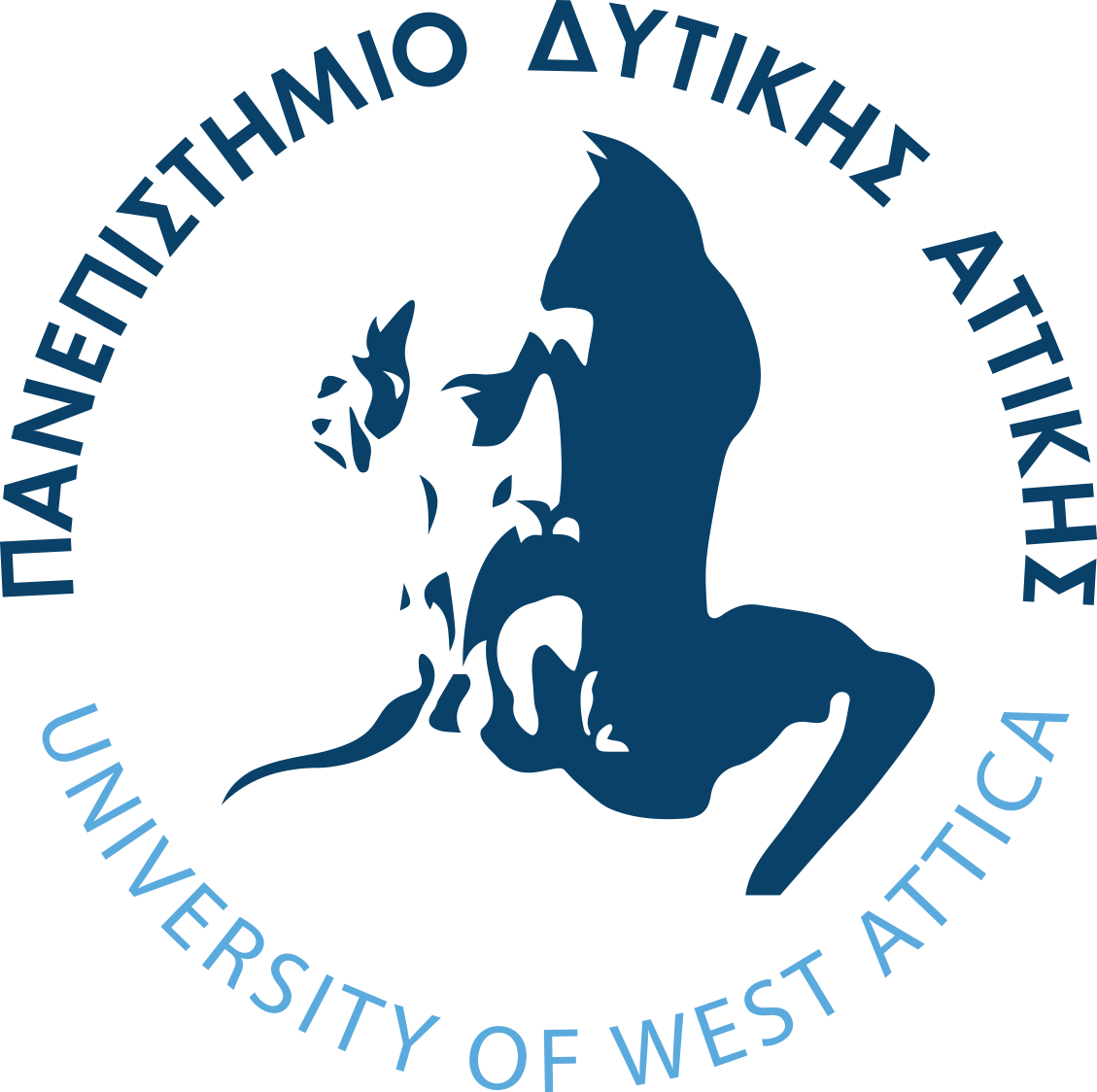The subject of the dissertation is the optimized design of a salient pole synchronous gener-ator suitable for small hydroelectric power plants. In this context as a point of reference, the data concerning the basic generator’s specifications which have been determined in the prelim-inary study of the small hydroelectric project are used. Initially, the preliminary design gener-ator’s parameters are specified while the design is implemented and confirmed with the Finite Element Method, as it has already been implemented in a previous post-graduate diploma thesis of the Phd candidate. The items that can be investigated are listed below:The subject of the dissertation is the optimized design of a salient pole synchronous gener-ator suitable for small hydroelectric power plants. In this context as a point of reference, the data concerning the basic generator’s specifications which have been determined in the prelim-inary study of the small hydroelectric project are used. Initially, the preliminary design gener-ator’s parameters are specified while the design is implemented and confirmed with the Finite Element Method, as it has already been implemented in a previous post-graduate diploma thesis of the Phd candidate. The items that can be investigated are listed below: The extension of the optimization investigation by the method of sensitivity analysis with additional parameters. Harmonics and total harmonic distortion coefficient investigation of generator’s output voltage as a function of the load variation. Thermal stress and mechanical stress criteria. Development of an appropriate cost function in order to be determined the generator’s construction and operating costs. Applicability investigation of different optimization methods in synchronous generators design such as genetic algorithms and multicriteria optimization methods (through the creation of solutions map from which the best of them will be selected using an appro-priate algorithm). Other types of synchronous generators investigation such as: permanent magnet synchro-nous generators (PMSG), double layer fractional pitch stator windings, multiphase stator windings and skew stator slots.
Το αντικείμενο της διατριβής είναι η βελτιστοποιημένη σχεδίαση σύγχρονης γεννήτριας έκτυπων πόλων κατάλληλης για μικρές υδροηλεκτρικές μονάδες. Στα πλαίσια αυτά, ως σημείο αναφοράς χρησιμοποιούνται τα στοιχεία που αφορούν τις βασικές προδιαγραφές της γεννήτριας τα οποία έχουν προσδιοριστεί στην προκαταρκτική μελέτη του μΥΗΕ. Αρχικά, συγκεκριμενοποιούνται οι παράμετροι της προκαταρκτικής σχεδίασης της γεννήτριας, υλοποιείται και επιβεβαιώνεται η σχεδίαση της με τη μέθοδο των πεπερασμένων στοιχείων, όπως έχει ήδη υλοποιηθεί σε προϋπάρχουσα μεταπτυχιακή διπλωματική εργασία του Υ.Δ. Στη συνέχεια παρατίθενται τα αντικείμενα που δύνανται να διερευνηθούν:Το αντικείμενο της διατριβής είναι η βελτιστοποιημένη σχεδίαση σύγχρονης γεννήτριας έκτυπων πόλων κατάλληλης για μικρές υδροηλεκτρικές μονάδες. Στα πλαίσια αυτά, ως σημείο αναφοράς χρησιμοποιούνται τα στοιχεία που αφορούν τις βασικές προδιαγραφές της γεννήτριας τα οποία έχουν προσδιοριστεί στην προκαταρκτική μελέτη του μΥΗΕ. Αρχικά, συγκεκριμενοποιούνται οι παράμετροι της προκαταρκτικής σχεδίασης της γεννήτριας, υλοποιείται και επιβεβαιώνεται η σχεδίαση της με τη μέθοδο των πεπερασμένων στοιχείων, όπως έχει ήδη υλοποιηθεί σε προϋπάρχουσα μεταπτυχιακή διπλωματική εργασία του Υ.Δ. Στη συνέχεια παρατίθενται τα αντικείμενα που δύνανται να διερευνηθούν: Η επέκταση της διερεύνησης της βελτιστοποίησης με τη μέθοδο της ανάλυσης ευαισθησίας με επιπρόσθετες παραμέτρους. Διερεύνηση της μεταβολής του συντελεστή ολικής αρμονικής παραμόρφωσης και των αρμονικών της τάσεως εξόδου της γεννήτριας ως συνάρτηση της μεταβολής του φορτίου. Έλεγχος θερμικής φόρτισης μηχανής, έλεγχος μηχανικής καταπόνησης μηχανής ΠΑ.Δ.Α. - ΑΡ. ΠΡΩΤ: 49661 - 23/05/2023 Αιγάλεω Ανάπτυξη κατάλληλης συνάρτησης κόστους προκειμένου να προσδιοριστεί το κόστος κατασκευής και λειτουργίας της γεννήτριας. Διερεύνηση δυνατότητας εφαρμογής διαφορετικών μεθόδων βελτιστοποίησης στη σχεδίαση σύγχρονων γεννητριών, όπως γενετικών αλγόριθμων, πολυκριτηριακών μεθόδων βελτιστοποίησης (μέσω της δημιουργίας χάρτη λύσεων από τον οποίο θα πραγματοποιηθεί η επιλογή των βέλτιστων από αυτές με χρήση κατάλληλου αλγόριθμου). Διερεύνηση άλλων τύπων σύγχρονων γεννητριών, όπως σύγχρονες γεννήτριες μόνιμων μαγνητών (ΣΓΜΜ), διπλής στρώσης κλασματικού βήματος τυλίγματος στάτη, πολυφασικών τυλιγμάτων στάτη και λοξών αυλάκων στάτη
Η παρούσα διδακτορική διατριβή θα ερευνήσει τα Ανθρώπινα Δικαιώματα στο σχεδιασμό και την εφαρμογή της Τεχνητής Νοημοσύνης, τις νομικές και ηθικές διαστάσεις και τις επιπτώσεις τους στην ανάπτυξη της τεχνολογίας.Η παρούσα διδακτορική διατριβή θα ερευνήσει τα Ανθρώπινα Δικαιώματα στο σχεδιασμό και την εφαρμογή της Τεχνητής Νοημοσύνης, τις νομικές και ηθικές διαστάσεις και τις επιπτώσεις τους στην ανάπτυξη της τεχνολογίας.Το κενό που υπάρχει σήμερα πρέπει να καλυφθεί λόγο της έλλειψης μεθόδων στην ανάπτυξη συστημάτων και των ανθρωπίνων δικαιωμάτων (τα ηθικά και τεχνικά τους ζητήματα), καθώς και να παρέχει το κατάλληλο πλαίσιο για την κατανόηση και τη σωστή συμμόρφωση με τις αναδυόμενες απαιτήσεις των νομικών κειμένων.Η πρόταση αυτή επιθυμεί να ανακαλύψει αδυναμίες στα νομικά κείμενα, να κατανοήσει τις επιπτώσεις τους από την ανάπτυξη της τεχνητής νοημοσύνης και να προτείνεται λύσεις.Θα αναλυθεί το τεχνικό τοπίο και θα αξιολογηθούν οι ικανότητες των συστημάτων να συμμορφώνονται με τις υπαγορεύσεις των Ανθρωπίνων Δικαιωμάτων και της Δεοντολογίας. Εάν τα συστήματα αυτά δεν μπορούν να συμμορφωθούν, θα ερευνηθούν ενναλακτικές για να επιτευχθεί αυτός ο σκοπός. Η διατριβή αυτή φιλοδοξεί να χρησιμεύσει ως αρχή στην ακαδημαϊκή συζήτηση σχετικά με τον ρόλο των ανθρωπίνων δικαιωμάτων στην εξέλιξη των εφαρμογών της τεχνητής νοημοσύνης.Αυτή η πρόταση θέτει ένα πλαίσιο πού διασφαλίζει ότι οι κανονισμοί, για την τεχνητή νοημοσύνη, βρίσκονται εντός μιας ηθικής μήτρας που μπορεί να δικαιολογήσει μια μέθοδο κατά την οποία λαμβάνονται υπόψιν τους οι ηθικοί και νομικοί παράγοντες, χωρίς να παραμελούνται οι τεχνικές δυνατότητες των συστημάτων.Ένας μεγάλος όγκος της βιβλιογραφίας για τα θέματα αυτά, επικεντρώνονται σε συγκεκριμένα ζητήματα που αφορούν τα προσωπικά δεδομένα, την ηθική επεξεργασίας δεδομένων ή παρέχει λύσεις σε οραματιζόμενα προβλήματα, συνήθως χωρίς ναλαμβάνονται υπόψη οι τεχνικοί περιορισμοί ή η φύση της τεχνητής νοημοσύνης. Ορισμένες εργασίες παρουσιάζουν την τεχνητή νοημοσύνη ως ένα στατικό αντικείμενο που δεν εξελίσσεται, ούτε αλλάζει. Η εξέλιξη είναι βασικό χαρακτηριστικό ορισμένων συστημάτων που παρουσιάζουν την δυνατότητα να ξεφύγουν από τους ορισμούς που θέτει το νομικό σύστημα το οποίο μόλις πρόσφατα άρχισε να καλύπτει τη διαφορά.Ορισμένοι επιστήμονες έχουν χαρακτηρίσει τον τρόπο με τον οποίο θεσμοθετείται η τεχνητή νοημοσύνη, ως «ηθικό πανικό». Δηλαδή, η αναγκαιότητα και η πρακτικότητα της θεσμοθέτησης είναι σε δεύτερη μοίρα προς όφελος της θεσμικής σταθερότητας και συμμόρφωσης, αγνοώντας εντελώς τις τεχνικές δυνατότητες των συστημάτων.Αυτή η διατριβή φιλοδοξεί να διορθώσει αυτή την κατάσταση και να διασφαλίσει ότι ένας νομοθέτης ή/και δημιουργός συστημάτων, θα έχει «ηθική βεβαιότητα», «νομική συνοχή» και «τεχνικό ορθολογισμό».
This thesis aims to address Human Rights in the design and implementation of Artificial Intelligence, the legal and ethical dimensions, and their effects on technology development.This thesis aims to address Human Rights in the design and implementation of Artificial Intelligence, the legal and ethical dimensions, and their effects on technology development.The gap that exists today, on the lack of understanding in the methods to address the legal requirement in system development in relation to Human Rights (their ethical and technical issues), needs to be filled. The appropriate context to comprehend and comply with the emerging requirements (A.I. ACT) of legal texts, should be provided to address the gaps in the legal documents, (identify their potential effects of AI development and suggest solutions).It will analyze the technical landscape and assess the capacities of systems to conform to the dictations of Human Rights and Ethics and if not, how that might be achieved. It aspires to serve as a beginning to the academic discussion on allowing AI to serve Human Rights.This proposal puts forth a framework for ensuring that the AI regulations are within an ethical matrix, that can justify a method for legal requirements which take into account ΠΑ.Δ.Α. - ΑΡ.ΠΡΩΤ: 48102 - 16/05/2023 Αιγάλεωthe ethical and legal considerations, while not neglecting the technical capabilities and particularities of AI systems.A large amount of the literature on the subject is focused on specific issues revolving privacy, data ethics or provide solutions to envisioned problems, usually without taking into account the technical limitations or nature of AI.Some papers present AI as a static object that does not evolve or change. However, change for some AI systems is in their core functionality and that present the very real possibility to escape the definitions placed by the legal system that has only recently started to catch up.Some academics have called, the way AI is legislated, a “moral panic”. It attempts to ensure AI compliance at the expense of necessity or practicality.This thesis aspires to correct this and ensure that we have instead not only “moral certainty” but also “legal containment” and “technical rationalism”.
Although three phase slip ring induction motors have excellent electrical and mechanical characteristics, lag behind three phase squirrel-cage motors, because of the maintenance costs, due to their brushes and rings.Although three phase slip ring induction motors have excellent electrical and mechanical characteristics, lag behind three phase squirrel-cage motors, because of the maintenance costs, due to their brushes and rings.The aim of this thesis is to study the possibility of developing a suitable electronic power converter, of small size, capable of being placed on the shaft of an asynchronous three phase slip ring induction motor, in order to control its speed.For the development of the electronic power converter, three topologies are initially proposed, and their effectiveness will be studied.A) Power converter with capacitor, six IGBTs and antiparallel diodes, in inverter arrangement.B) Power converter with three thyristors and antiparallel diodes.C) Power converter with three TRIACs.All three of the above arrangements will be studied as to their suitability, to be placed on the rotor’s shaft of the motor.A successful deployment of one of the three above, or another electronic power converter, could potentially lead to the elimination of the rings of the machine.This could be a significant improvement of the slip ring induction motor, as rings:
Require frequent maintenance.
Increase the mechanical friction.
Increase the electrical resistance of rotor (and slip too).
Ανακοινώσεις
- Γραμματείας
- Μαθημάτων
- Προκηρύξεις
- Πρακτική






















